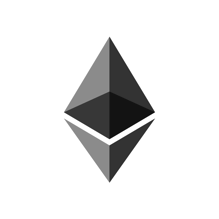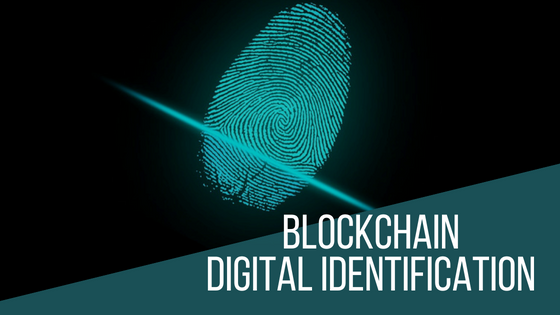Top 5 Ethereum Dapps and Tokens Revolutionizing the World Economy
Ethereum is the most popular blockchain app development platform today. As per market valuation, the ETH - the Ethereum Currency - ranks second among...

Imagine a world where you can send money without paying commission, control the information you share on the internet and get claims settled without the need of any central authority. Blockchain has made it all possible with decentralized applications (Dapps).

Decentralized applications or Dapps are unstoppable autonomous blockchain-based applications. Once created these apps continue to function till sufficient computing and memory are available. These are called decentralized for the simple reason that they remove the intermediaries and function automatically. Bitcoin is the most popular example of decentralized applications. It allows the exchange of currency without the need for a bank to manage the transfers.
Read More: 8 Experts on the Future of Blockchain Technology

The blockchain is a ledger of transactions organized in immutable blocks. Each block contains a wide number of transactions. As soon as the block is completed a new block is created and it is linked to the previous block. Hence an irreversible record is maintained for every transaction ever undertaken using the technology. This digital record is stored in a decentralized manner over a network of nodes. An application developed based on this technology is called a decentralized app. It is executed using the computing power of this network of nodes (computer systems).
Read More: Applications of Blockchain in Banking and Finance

Ethereum, the most popular open-source blockchain that allows for the development of Dapps over its existing blockchain. This means that developers can create Dapps without the need to create a separate blockchain. This saves considerable time and effort that would otherwise be spent on creating a blockchain from scratch.
Ethereum classifies decentralized apps into three parts - apps that manage money, apps with a different core offering (but involve money) and apps in others category that involve voting and governance systems. Whichever type of application you choose to create, you will need to create smart contracts using Solidity. Smart contracts are instructions that are automatically executed when the set condition is met. Solidity is the coding language used in Ethereum’s blockchain.
Read More: How to raise funds for a blockchain project using an ICO?
For an app to be considered a Dapp it should comply with following principles:
Decentralized - The memory, computation, and control of the application should be managed by a network of computers with no central point of access.
Open Source - Ideally the code of application should be available to everyone for evaluation. The development and upgradation should be managed by a community of members. Any change should be decided by voting among consumers or miners.
Incentivised - For a blockchain to be successful it needs support from miners. The application should provide incentives to miners who provide computing power and memory.
Protocol - The developers’ community must use a cryptographic algorithm to show proof of value. For instance, Bitcoin and Ethereum use Proof of Work (PoW). Ethereum also has plans to move to a hybrid PoW/Proof of Stake (PoS)5 in the future.
By these principles, Bitcoin is the first blockchain application ever. It is a revolutionary concept that has shaken our definition of the proof of value and even currency. You can read more about the impact of Bitcoin here.
Read More: Blockchain vs Bitcoin - Are they really different?

Feel free to use this infographic just give us a mention.
1. Create a whitepaper - Whitepaper here refers to the executive summary of your application. It includes the problem it solves, goals and token distribution mechanism. It should also describe the mechanism for establishing consensus and recruitment. Since the community is technically savvy you should be honest about the technical difficulties involved in the project.
2. Build Traction - Since it is open source platform, you need to form a community. This community will help you develop and promote your idea. You should also use the feedback received to revise your plans accordingly.
3. Start a crowd-sale - Once your Dapp has gained enough traction, plan the date and process to receive token funding. The Dapp’s crowd sale website should contain all the information that might be useful for the investor.
4. Time for execution - Now, it is time to begin the development. You will need talented Solidity (Ethereum’s Programming Language) developers to develop the Dapp. Always feel free to welcome new interest groups to upscale your community. This will help you popularize your app.
Read More: 11 Experts on the Future of ICOs
At NewGenApps, we specialize in developing new age technology solutions. Our innovative workforce is always willing to take up a challenge. We have worked on many new age applications over years and have developed specialized skills in working on blockchain and IoT applications. Contact us today for a project or POC.

Ethereum is the most popular blockchain app development platform today. As per market valuation, the ETH - the Ethereum Currency - ranks second among...

Security, protection, privacy, and ease of use of information and data are at the center of worry in a data-driven world. Regardless of whether you...